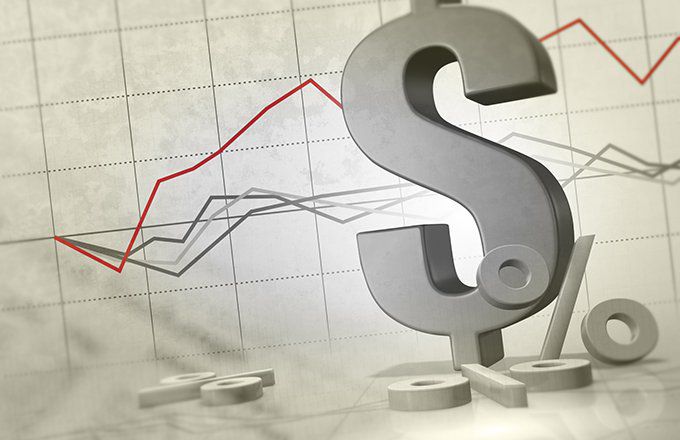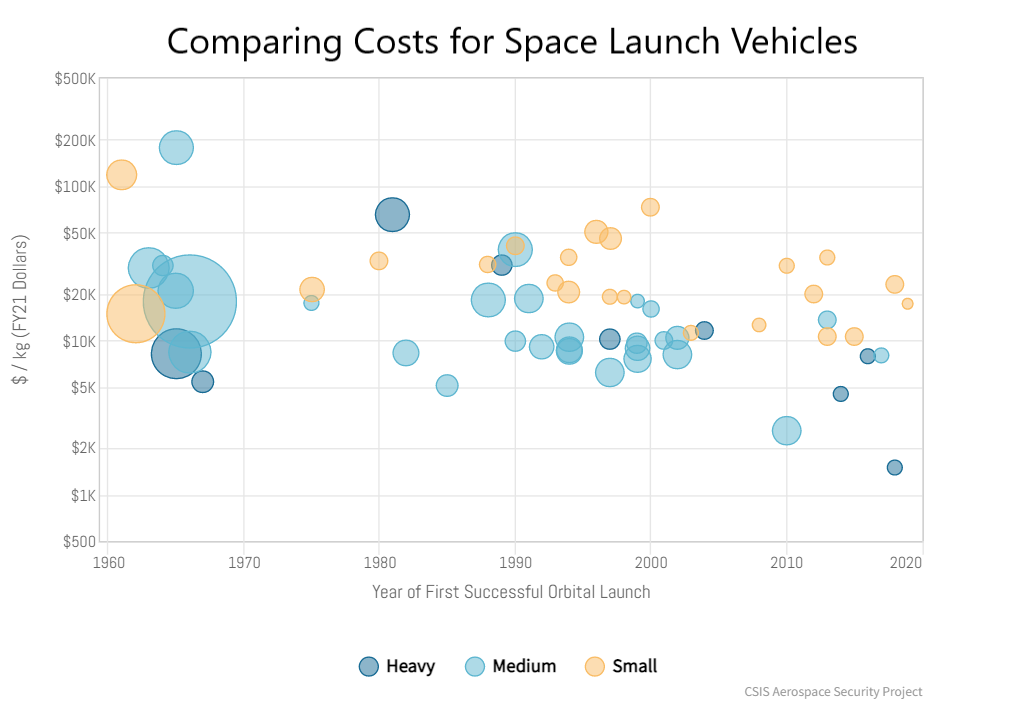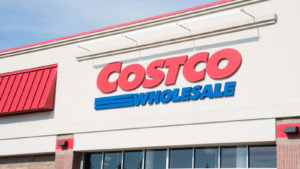The first futures trading exchange was the Dojima Rice Exchange, established in 1730 in Japan for the purpose of trading rice futures. Western commodity futures markets started trading in England during the 16th century, but the nation’s first official commodity trading exchange, the London Metals and Market Exchange, was not established until 1877.
Commodities markets were created to reduce the risks born by both producers and wholesalers. Farmers got a price guarantee up front, and the cash to carry them through until the harvest. Wholesalers were assured of an adequate supply of the product they needed at a set price when they needed it. Both parties took some risk that they could have gotten a better deal if they’d waited.
That original purpose has not altogether disappeared but today’s trading in futures is an investment class all on its own and most of the buyers have no intention of accepting the delivery of a ton of wheat or a herd of cows.
Investopedia / Ellen Lindner
Futures Trading in the U.S.
The United States got its earliest official commodity trading exchange in the West in 1848. The Chicago Board of Trade (CBOT) was created as railroads and the telegraph service established fast connections from the agricultural marketplace hub of Chicago to New York and other cities in the eastern U.S.
The first traded futures contracts in the U.S. were for corn. Wheat and soybeans markets followed. These three core agricultural commodities still account for the bulk of trading business conducted at the CBOT.
The next large market for trading futures contracts was the cotton market. Forward contracts in cotton began trading in New York in the 1850s, leading eventually to the establishment of the New York Cotton Exchange (NYCE) in 1870.
Futures contracts for other products developed over time, including cocoa, orange juice, and sugar. The growth in U.S. cattle production led to the creation of futures markets for beef and pork.
Modern Futures Markets
The 1970s saw a great expansion in futures trading markets.
The Chicago Mercantile Exchange (CME) started offering futures trading in foreign currencies. The Chicago Board of Trade (CBOT) traded T-bonds. The New York Mercantile Exchange (NYMEX) began offering trading in various financial futures, including crude oil and natural gas. The Commodities Exchange (COMEX) provided futures trading in gold, silver, and copper, and later added platinum and palladium when gold ceased to be pegged to the U.S. dollar.
The rapid expansion of trading in financial futures led to the creation of futures contracts on the Dow Jones and S&P 500 stock indexes.
Although there are now futures trading exchanges worldwide, the U.S. exchanges remain the most widely traded, due in large part to the fact that two of the most heavily traded markets are the U.S. bond market and the wheat market.
When Did Futures Markets Begin in the U.S.?
Futures markets became established in the U.S. in the 19th century. The railroad and telegraph systems made it possible to create central hubs for agricultural trade in the Midwest, where much of the nation’s food supply was grown, and in the eastern states, where its financial and business centers were established.
The result was a more efficient way to buy and sell food in wholesale quantities for delivery to consumers at retail.
What Commodities Are Bought and Sold in the Futures Markets?
In the U.S., the big three are, and always have been, corn, wheat, and soybeans.
But the futures markets proved adaptable to many kinds of products, from precious metals and oil to lumber.
Financial futures are a later addition. They include stock futures, foreign currency futures, and interest rate futures, among others.
In other countries, the major commodities are natural outgrowths of their economic strengths. In Australia, it’s wool. In Malaysia, it’s palm oil.
What Are Commodities?
Commodities can be defined as raw materials that are needed to produce finished goods. By definition, a commodity is fungible. That is, there is no way to differentiate a commodity from one producer from the same commodity offered by a different producer. An ounce of gold is an ounce of gold.
The Bottom Line
Futures markets developed as a way for farmers and wholesalers to make a deal that benefitted both despite the volatile and uncertain nature of agriculture. They began as wholesale markets but developed over time into vehicles for investors.
Today’s futures markets are global and fully electronic. Certainly, wholesalers still buy futures contracts but many of today’s futures buyers have no intention of taking possession of the goods they are contracting to buy.



